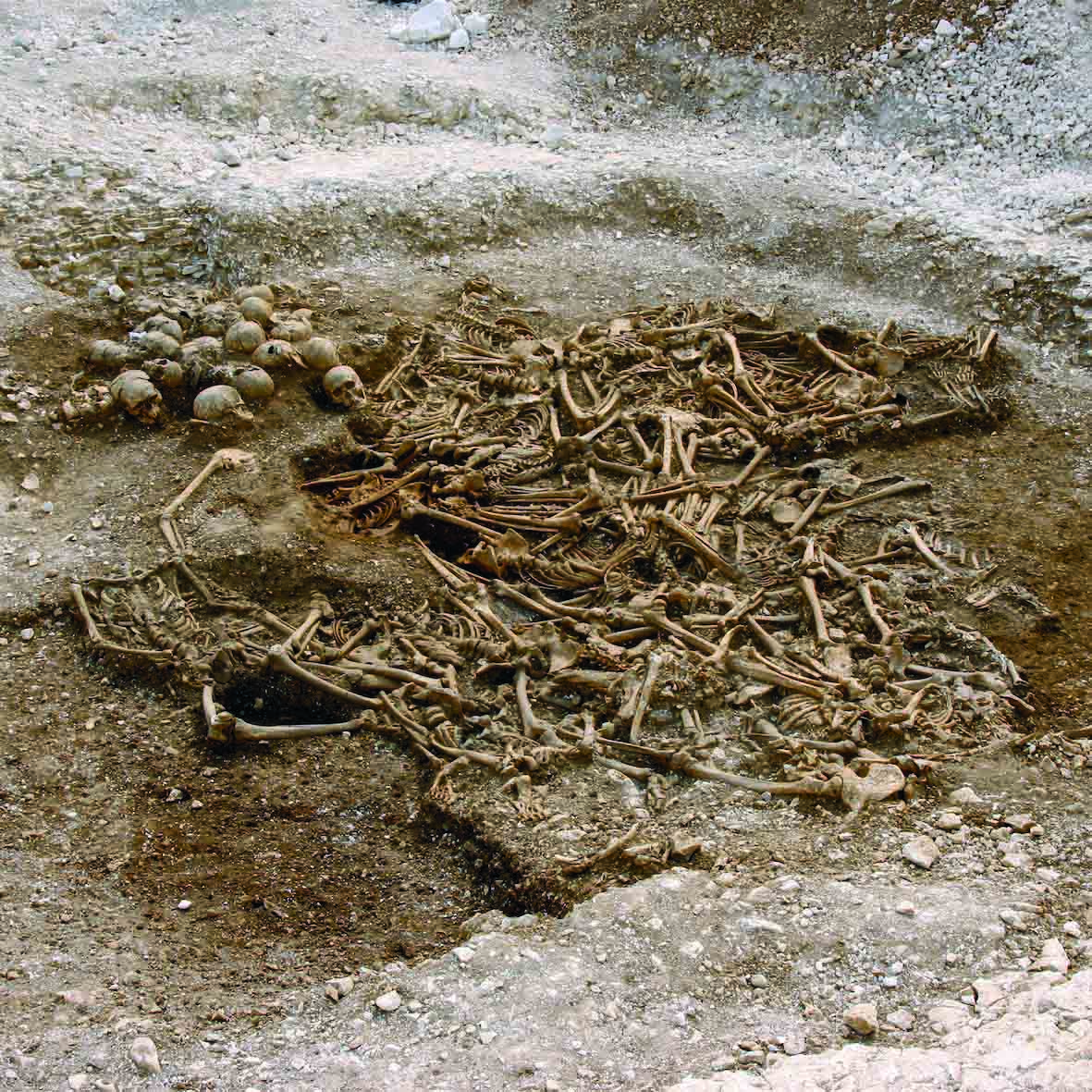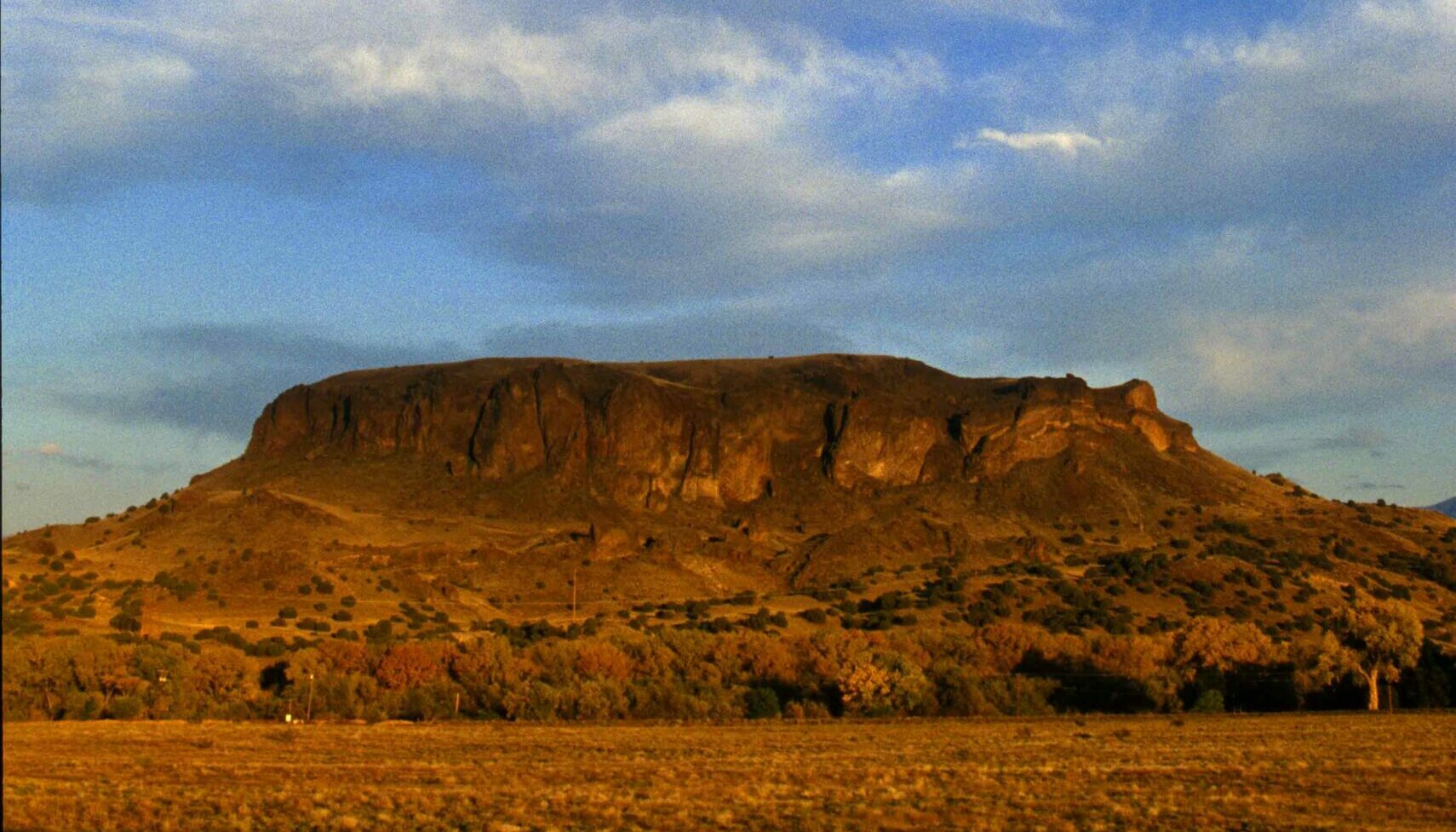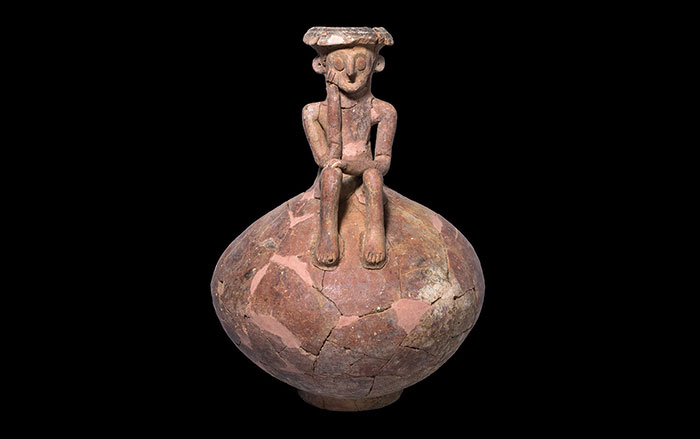
COPENHAGEN, DENMARK—The New York Times reports that Ludovic Orlando of the University of Copenhagen and an international team of scientists analyzed DNA extracted from the bones of 11 male horses buried in a mound some 2,300 years ago by the Scythians in what is now Kazakhstan; two male horses buried in a royal Scythian tomb some 2,700 years ago in southern Siberia; and the 4,100-year-old remains of a Sintashta mare found in Russia, near the border of Europe and Asia. The researchers were able to identify several characteristics selected by the Scythian breeders, including robust forelimbs, increased milk production, and bay, black, chestnut, cream, and spotted coat colors. Some of the Scythian horses carried a gene variant associated with short-distance sprinting. And only two of the horses were related, which supports Herodotus’ description of sacrificed horses in funerary rituals as gifts from tribes across the steppes. The study also noted that none of the horses were inbred. Orlando suggests this indicates that the Scythians maintained natural herd structures, rather than limit the number of stallions, as is often the case in modern breeding programs. For more, go to “Rites of the Scythians.”










